How to Install the PHP Intl Extension on Linux: 3 Easy Steps
The PHP Intl extension is a powerful tool that provides internationalization (i18n) and localization (l10n) capabilities to PHP applications. It is a wrapper …

The PHP Intl extension is a powerful tool that provides internationalization (i18n) and localization (l10n) capabilities to PHP applications. It is a wrapper …

Linux, renowned for its robustness and flexibility, is a favorite among developers, system administrators, and tech enthusiasts. Whether you’re new to …

Linux servers are widely known for their stability, flexibility, and security. However, no system is completely invulnerable, and securing your server is …
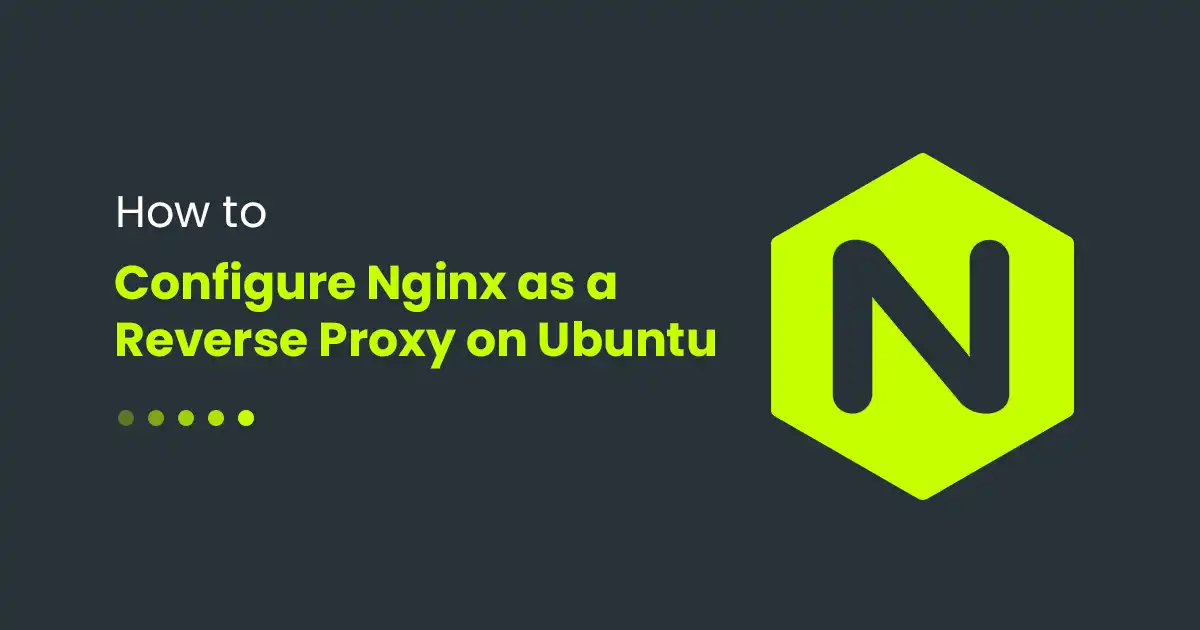
In today’s digital landscape, exposing application servers directly to the internet can be risky. Whether you’re running a Node.js app, a Flask server, or any …

Nginx is one of the most popular web servers in the world, known for its high performance, stability, and flexibility. Whether you’re hosting a simple …

How to enable Gzip compression in Apache for faster website performance? If you want to improve the loading time of your web page, compression and caching are …

Improved Introduction (with Keyword Inclusion) How to enable Gzip compression in Nginx? A fast-loading website significantly improves user experience and …
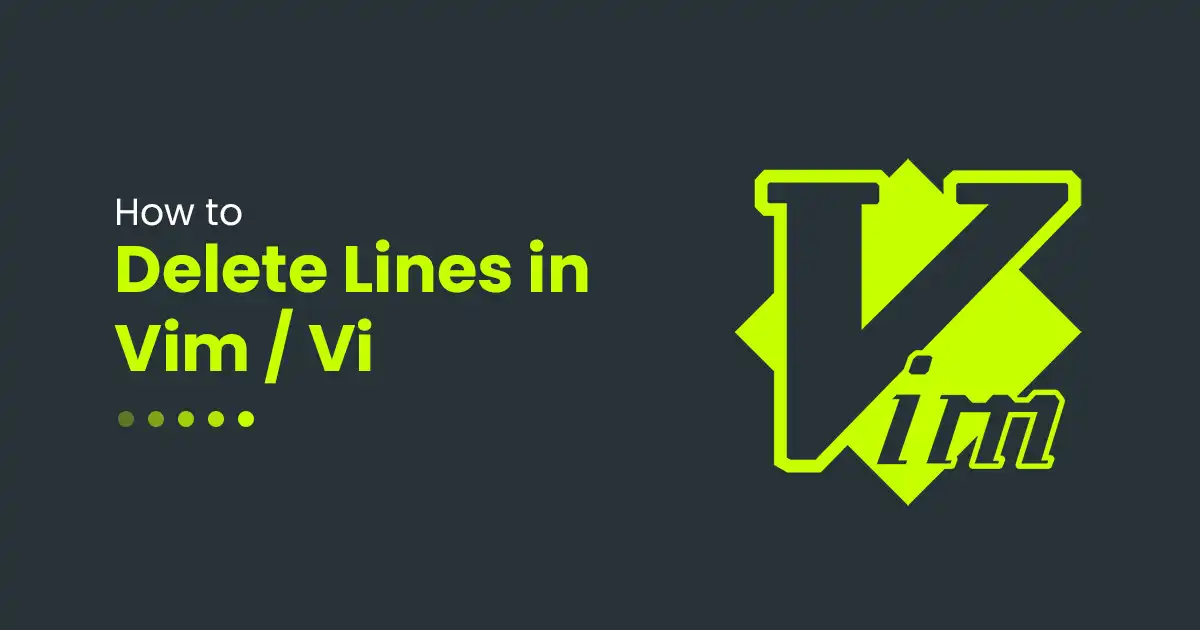
Vim is a powerful and versatile text editor that comes pre-installed on most Linux distributions and macOS. It is a favorite among developers, system …
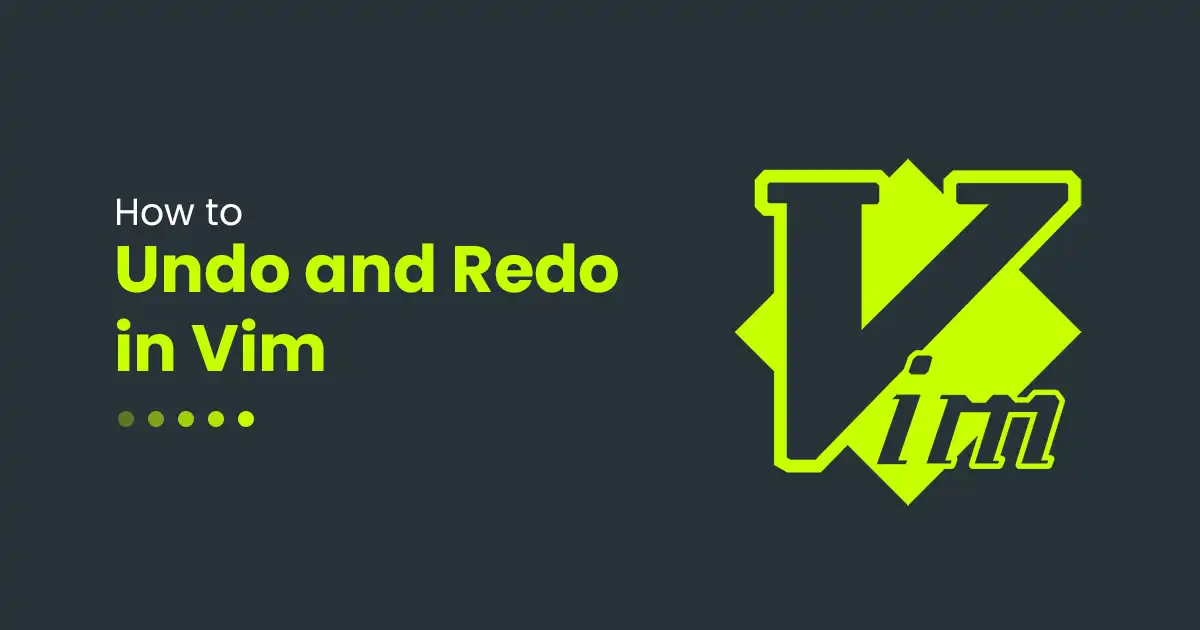
Have you ever made a mistake while editing a file in Vim or Vi and wondered how to fix it? Accidental deletions, unintended edits, or even missteps in …
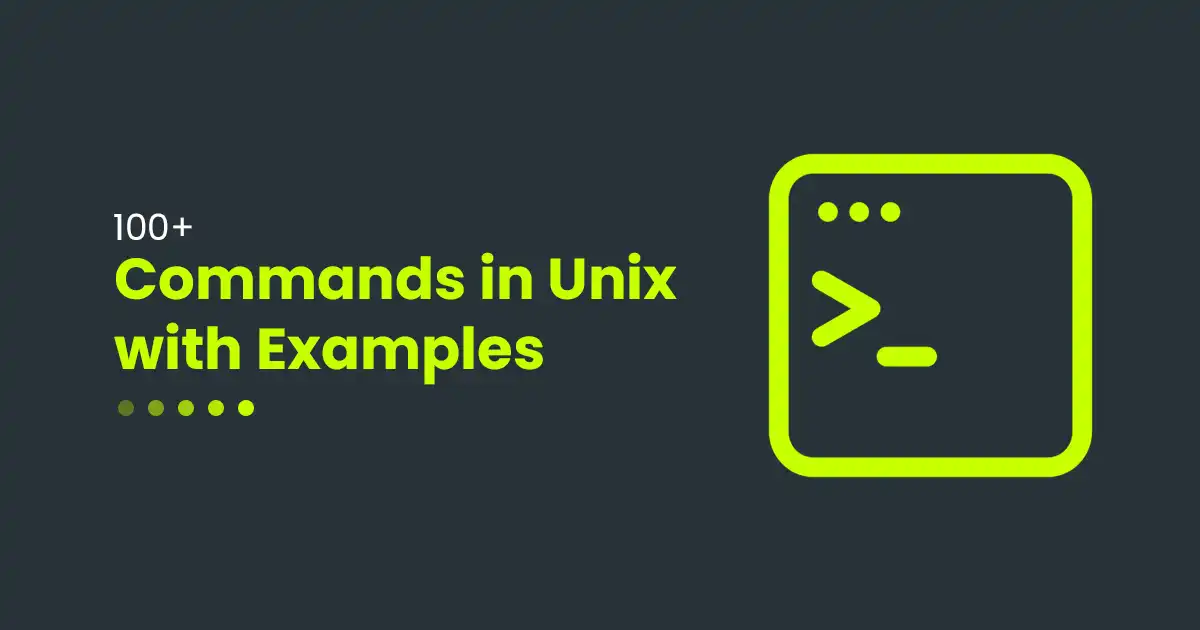
Unix is a powerful, multi-user, multi-tasking operating system that has been the foundation for many modern operating systems, including Linux and macOS. One of …

Unix, a powerful and versatile operating system, has been a cornerstone of computing since its inception in the late 1960s. Known for its robustness, …
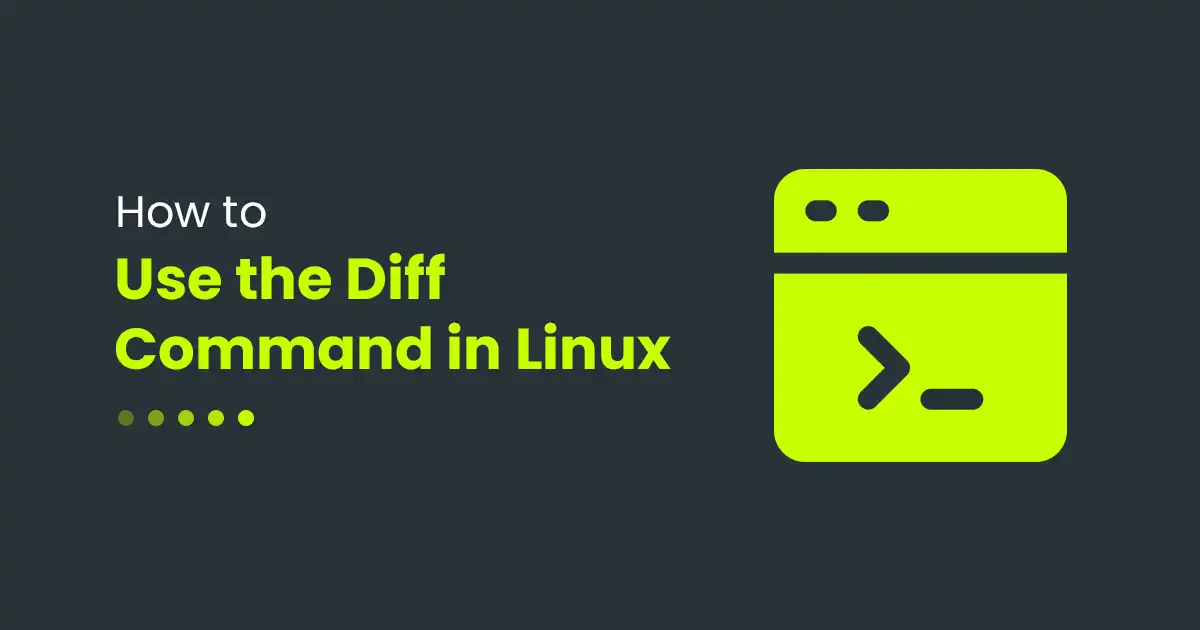
The diff command in Linux is a powerful tool used to compare files and directories, highlighting their differences line by line. It is commonly used by …
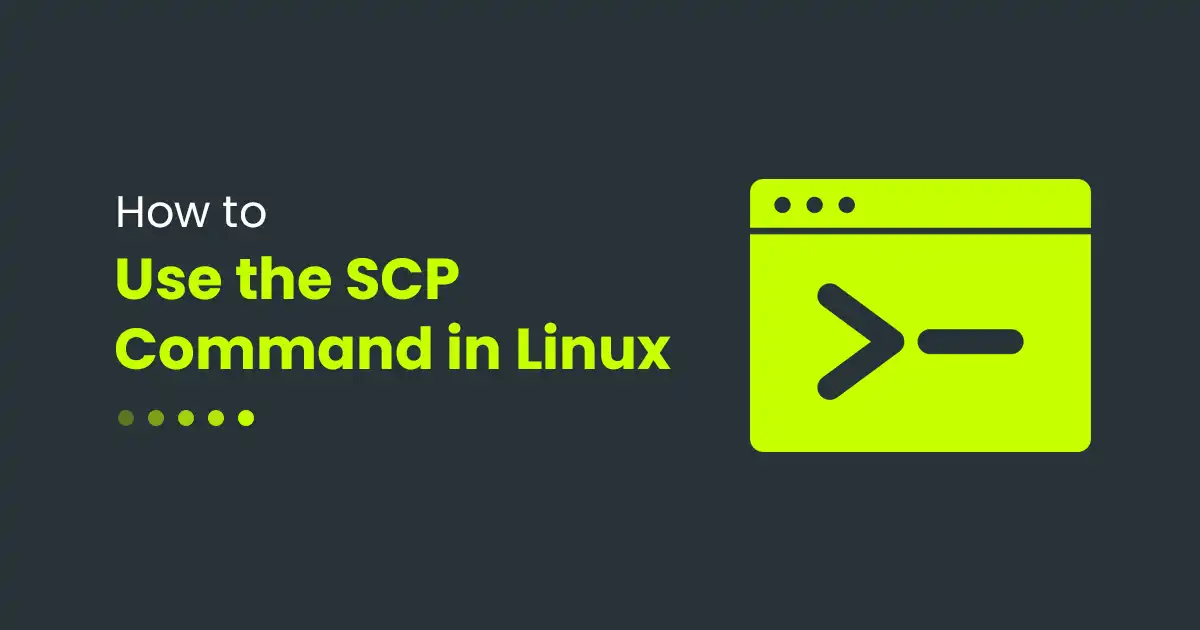
The scp (secure copy) command is a powerful tool in Linux and other Unix-like operating systems that allows for the secure transfer of files and directories …

The grep command is one of the most powerful and frequently used commands in Linux. It stands for “Global Regular Expression Print,” and it is …

Linux is a powerful operating system that offers unmatched control and flexibility. Whether you’re a beginner or an experienced user, mastering essential …

The wget command is one of the most powerful and versatile tools available in Linux for downloading files from the internet. Whether you’re a system …

WordPress is one of the most popular content management systems (CMS) in the world, powering over 40% of all websites on the internet. Its flexibility, ease of …

Managing file and directory permissions is an essential task in Linux system administration. Permissions dictate who can read, write, or execute files and …

MariaDB is a popular open-source relational database management system (RDBMS) that is widely used for managing and organizing data. It is a fork of MySQL and …
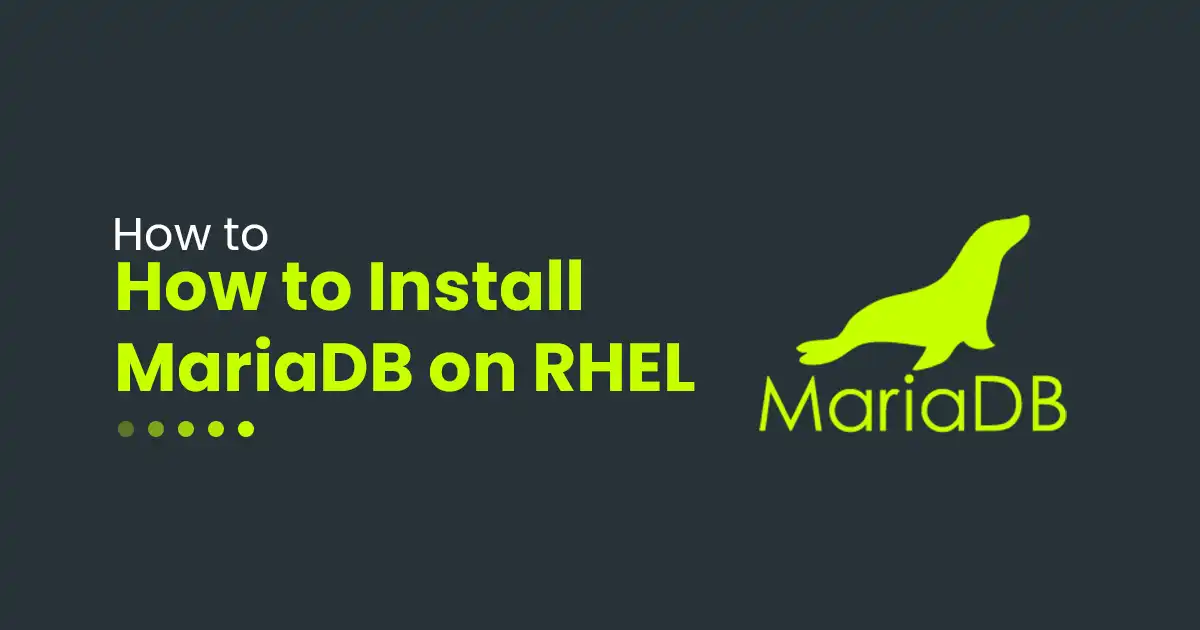
MariaDB is a powerful, open-source relational database management system (RDBMS) that serves as a drop-in replacement for MySQL. It is widely used for its …
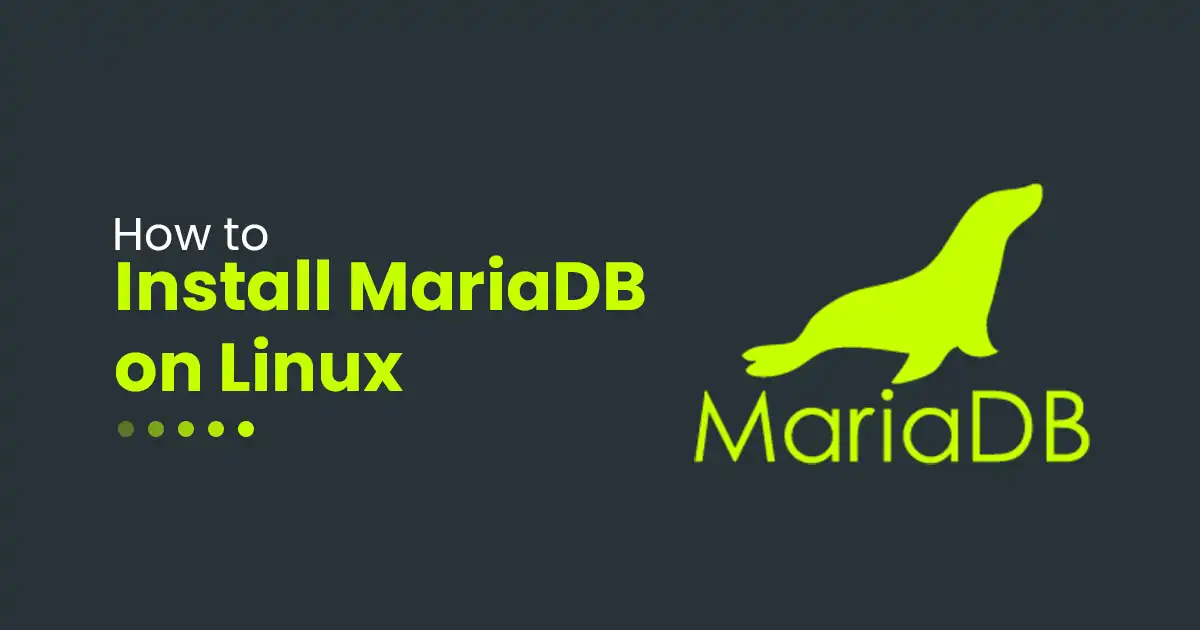
MariaDB is a popular open-source relational database management system (RDBMS) that is a fork of MySQL. It is widely used for its performance, scalability, and …
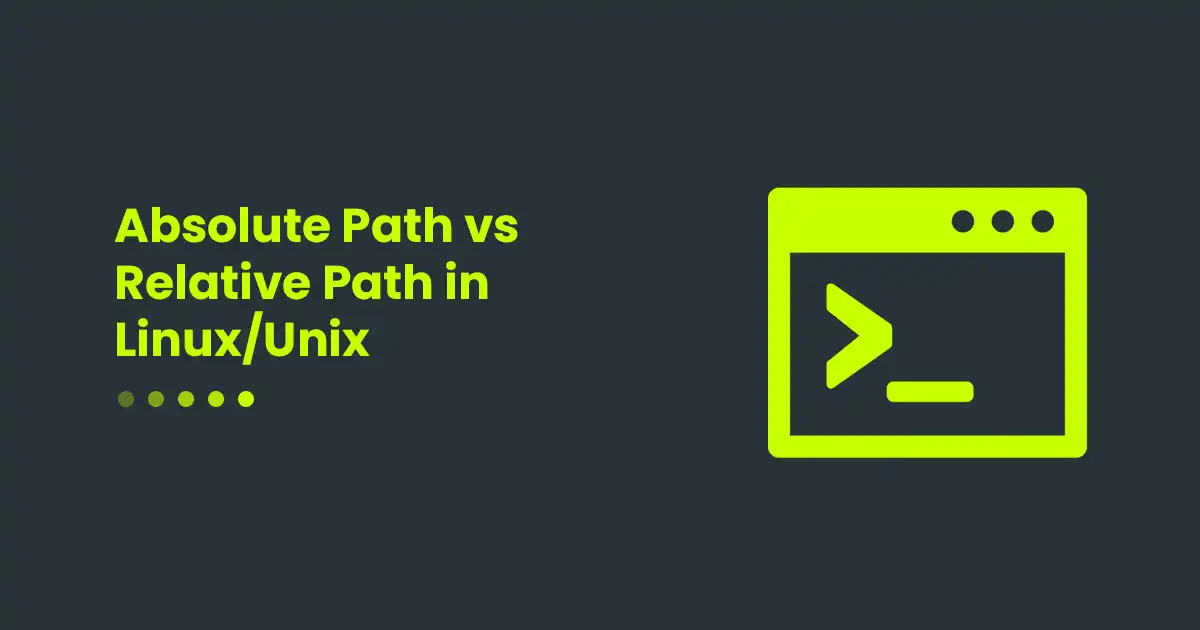
In the world of Linux and Unix systems, understanding file paths is crucial for efficient system navigation, scripting, and troubleshooting. Two fundamental …

Linux is a powerful and versatile operating system that offers users fine-grained control over file access and security. One of the most critical aspects of …
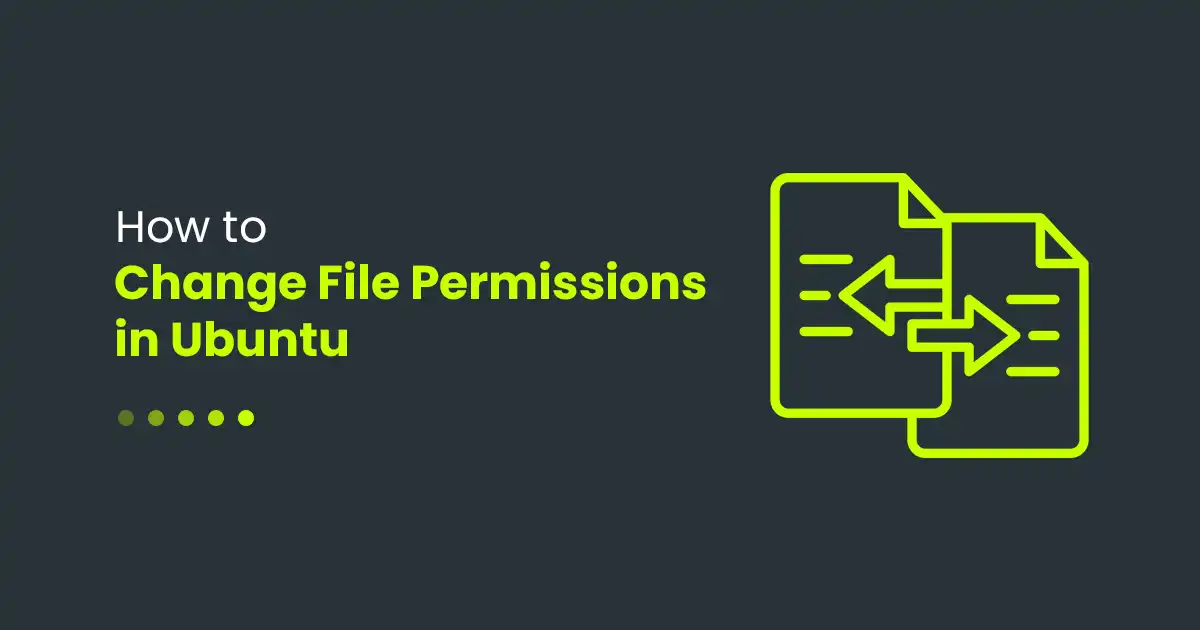
File permissions in Ubuntu are a fundamental aspect of system security and administration. They determine who can access, modify, or execute files and …